Home »
Misc »
How to get noticed by college basketball coaches
How to get noticed by college basketball coaches
How to Get Recruited for College Basketball
Playing college basketball is the dream for thousands of student-athletes across the country. But many families are often unsure of how to go about getting recruited by coaches. To be successful, recruits need to research their best college fit and actively market themselves to these coaches by creating an online profile and highlight video that showcases their athletic ability and leadership qualities. This section will answer the most common questions families have on how to get recruited for college basketball.
Quick Links
How does college basketball recruiting work?
How to get recruited to play college basketball
Men’s basketball recruiting timeline
What do college basketball scouts look for in recruits?
What percentage of high school basketball players play in college?
How important is club basketball?
How to join a AAU basketball team: how does AAU basketball work?
What to know about college basketball walk ons
What is a preferred walk on in college basketball?
Do college basketball teams have tryouts?
How to prepare for basketball tryouts: What coaches look for in basketball tryouts
How tall are men’s college basketball players?
Attend basketball recruiting camps
What does redshirt mean in college basketball?
Learn how to make a college recruiting video for basketball
Research schools and create your target list
Contact coaches on your target list
How your high school coach can help you in your recruiting process
How does college basketball recruiting work?
Basketball recruits who are successful in their recruiting journey do the leg work: they build a list of realistic schools, create an online profile and highlight film, contact college coaches and compete in front of coaches at tournaments and camps.![]() From a coach’s perspective, here’s a quick overview of how they find student-athletes:
From a coach’s perspective, here’s a quick overview of how they find student-athletes:
- Identify potential recruits. At any point in high school, coaches can send general materials, such as recruiting questionnaires, to student-athletes, and they usually send them out to a large number of freshmen and sophomores to gauge their interest in the program. Respond promptly to these materials.
- Second, in-depth evaluations. At this point, coaches focus on ranking their prospects and narrowing down their list. This is the stage where most families think the recruiting process begins. However, athletes who’ve made it this far have already passed an initial evaluation and shown some interest in the school. Tournaments, camps and highlight film are the most common ways coaches evaluate basketball prospects.
- Verbal offers and visits. After coaches have their list of ranked prospects, they extend offers and lock down verbal commitments.
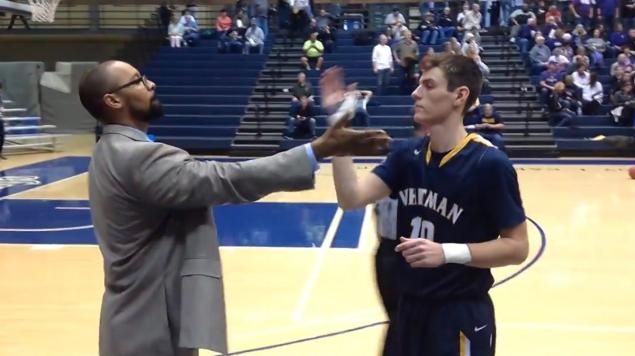 Many recruits who are being seriously recruited will partake in unofficial and official visits during their junior and senior years.
Many recruits who are being seriously recruited will partake in unofficial and official visits during their junior and senior years.
Related Articles
- What are my chances of being part of Illinois basketball recruiting?
- Basketball College: Offering Scholarships and On-Court Glory
- How are NCAA basketball teams organized?
How to get recruited to play men’s college basketball
Recruiting isn’t a linear, clear-cut process. You could be nearing the end of your conversations with one coach, while simultaneously just beginning with another. But knowing what steps you can take to create a communication strategy and market yourself will help you secure a scholarship offer.
- Research and build a target list. Student-athletes should visit college rosters and look at the players in their position (are they seniors who are graduating?), athletic stats (how do they measure up?) and backgrounds (does the coach recruit from a particular region or tournament?).
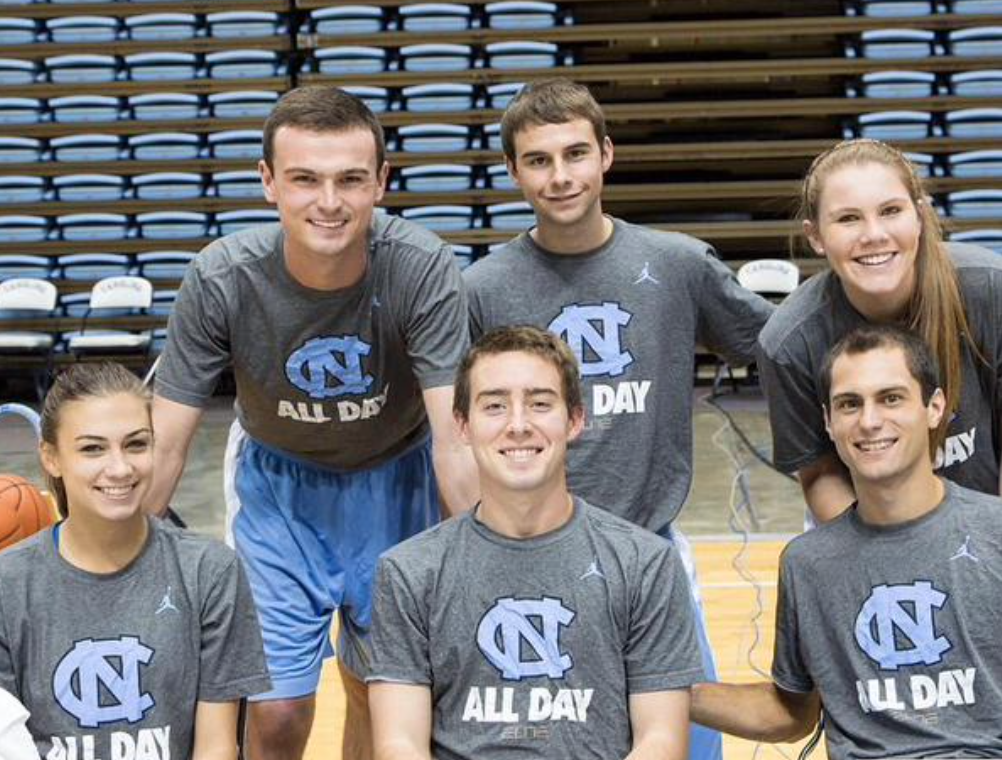
- Compete at the highest level possible: To accurately assess a recruit’s ability to compete in college, coaches want to see them play against high-ranked athletes.
- Compete in the summer during live periods: Scheduling conflicts make it difficult for college coaches to watch recruits play in-person during the regular season. So, they turn to live periods. These stretches in the offseason allow college basketball scouts and coaches to hit the road and scout several players at once. Attend elite or exposure camps as well.
- Excel academically. The NCAA Eligibility Center determines the academic eligibility and amateur status for all NCAA Division 1 and Division 2 athletes. Understand the requirements to stay on track.
- Create a highlight film. The best way to secure an in-depth and in-person evaluation is by sending coaches a highlight video and a full game film. It’s a quick way to show a snapshot of the recruit’s skill set.
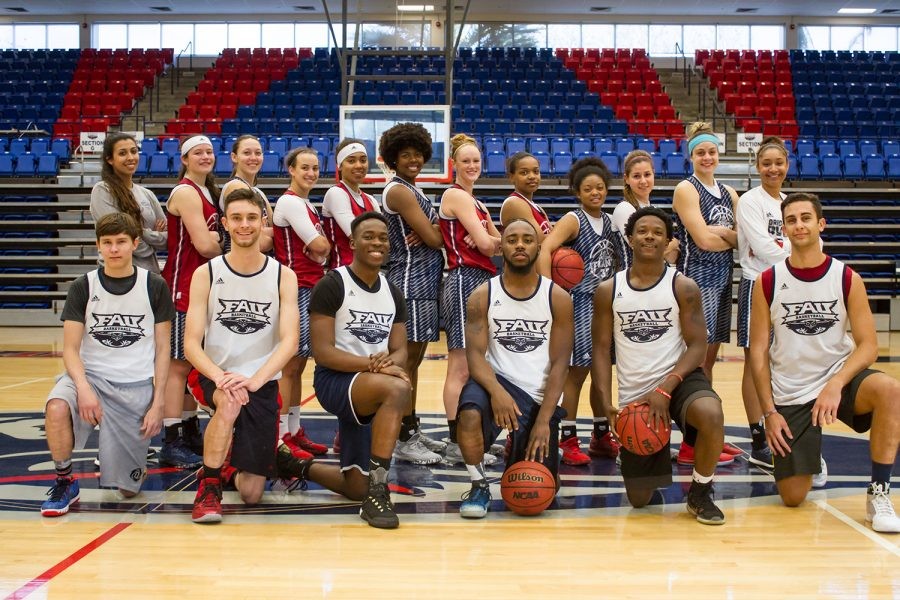
- Be proactive. Start by sending an introductory email that includes your online profile, highlight video, academic information, outstanding athletic achievements and personal interest in the program. Then follow up with a phone call.
Men’s basketball recruiting timeline broken down by year in school
Here is a general guideline you can follow year-by-year to ensure your family is on track.
Freshman year
- Fill out questionnaires online and respond to coach materials. College coaches can send recruits general materials, such as questionnaires, camp information, non-athletic information about the school and materials published by the NCAA at any time.
- Meet with your guidance counselor and set academic goals for the year to keep your academic eligibility on track.
- Research colleges from all division levels.
- Create an online profile and if you have varsity or high-level competitive film, post your highlight video.
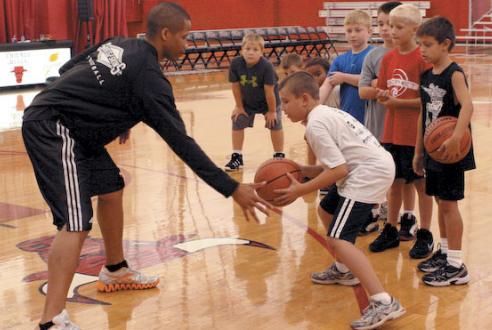
- Be proactive and call Division 1 and Division 2 coaches or athletics staff and talk to them on the phone.
Sophomore year
- Post your highlight video to your online profile, if you haven’t already.
- Aug. 1—Recruits can begin taking unofficial visits to Division 1 schools.
- Check that your sophomore year classes meet NCAA academic eligibility standards and register for the NCAA Eligibility Center.
- Send introductory emails to college coaches at your target colleges, if you haven’t already. And follow up with a phone call.
- NCAA Division 1 and Division 2— Student-athletes can receive personal contact and recruiting materials starting June 15 after their sophomore year. Coaches can call athletes, send text messages, direct messages and emails, as well as make verbal offers. Top Division 1 and Division 2 athletes are getting offers from college coaches at this time. Most Division 1 rosters are finalized before the start of junior year.
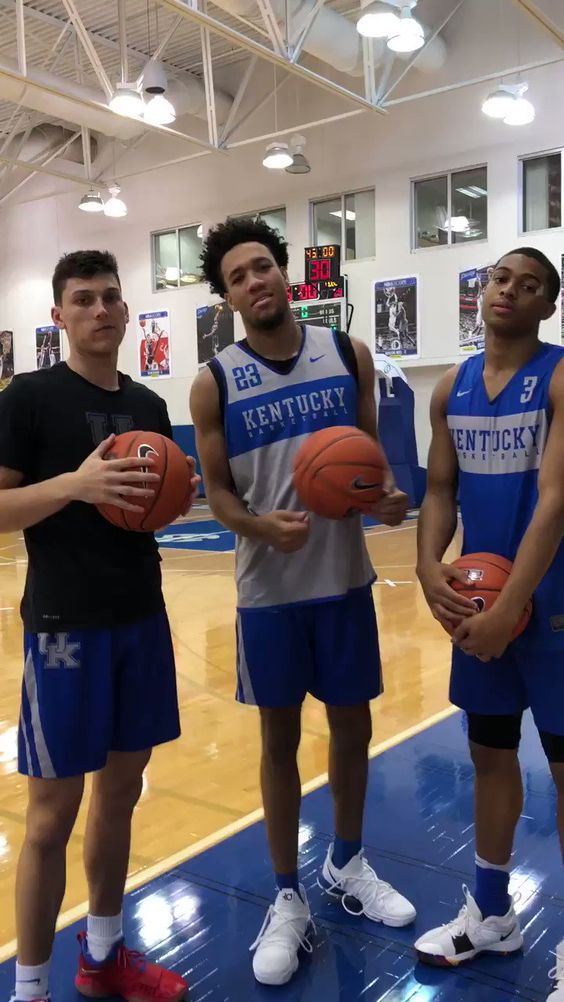
- NCAA Division 3—Off-campus contact is allowed after sophomore year.
Junior year
- Take the ACT or SAT and submit your scores to the NCAA Eligibility Center. Upload your transcript to the Eligibility Center as well.
- Update your highlight video.
- NCAA Division 1—Off-campus contact is allowed beginning your opening day of classes.
- NCAA Division 1—Official Visits are allowed Aug. 1 of your junior year through completion of junior year (5 total visits).
- NCAA Division 3—Official visits allowed starting Jan. 1 of junior year.
- Offers continue to roll in for Division 2 prospects, as well as Division 3 and NAIA athletes.
- If you’re not getting interest from coaches at the schools you’ve been contacting, take a new look at your college list and find new opportunities.
Senior year
- Update your highlight video.
- NCAA Division 1—Recruits can take an additional five official visits during their senior year.
 They may re-visit a school from a junior year official visit.
They may re-visit a school from a junior year official visit. - Nov. 13-20—Early signing period for NCAA Division 1 and Division 2 schools begins.
- Nov. 1—NJCAA Signing Date.
- Apply for the FAFSA on Oct. 1.
- Register with the NAIA Eligibility Center.
- Request final amateurism certification beginning April 1 in NCAA Eligibility Center account.
- April 15-May 20—Regular signing period occurs for Division 1 and Division 2.
- Division 3 and NAIA teams are finalizing their rosters during senior year. JUCO programs are also recruiting student-athletes at this time. Consider these schools if you haven’t secured a roster spot yet.
What do college basketball scouts look for in recruits?
College coaches consider a few factors when determining an athlete’s ability.
- Physical characteristics—height and body frame, athleticism and strength. In NCAA Division 1 men’s basketball, the average height of a college basketball player was just under 6’5” and the most common height listed was 6’7”.
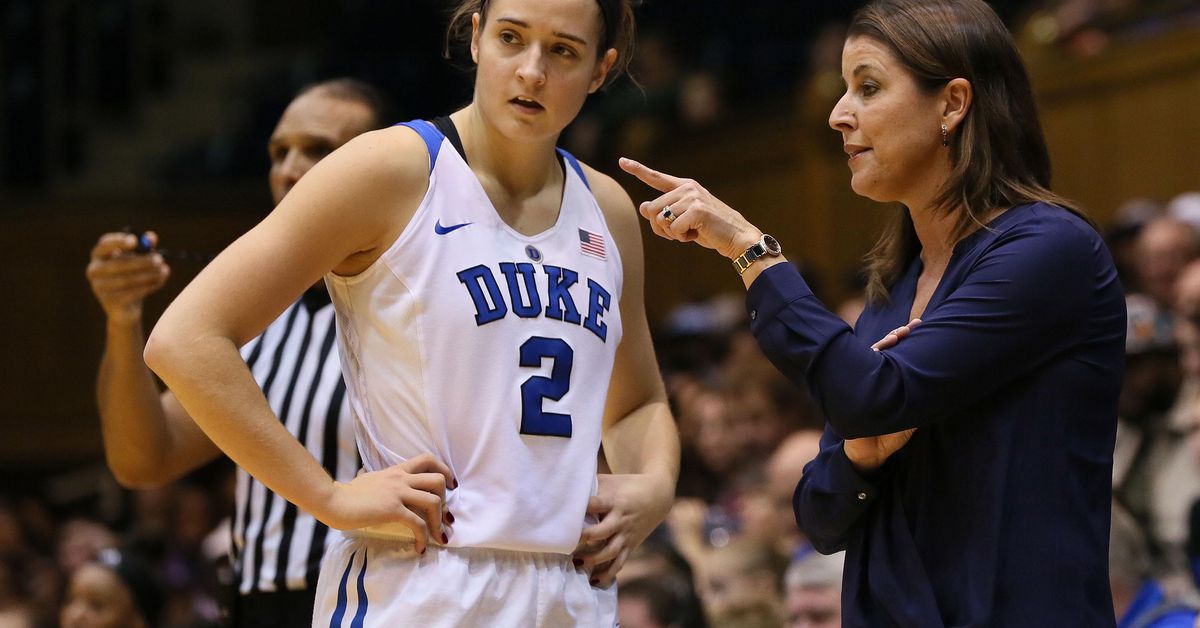
- Technical skills. Coaches want to recruit student-athletes who have mastered the fundamentals.
- Basketball IQ. Can the student-athlete process information in real time during a game and make the right decisions?
- Academics. College coaches look for recruits who excel in the classroom. They know that student-athletes with a solid GPA and test scores will more likely be admitted into their university and have an easier college transition. Plus, a good GPA also tells coaches that the recruit is responsible and disciplined—traits they highly value.
Of course, what coaches look for also depends on their program’s specific needs. Connecting with a college coach is the best way to understand what kind of recruit they need. Another quick way is to visit the team’s website and analyze their roster.
What percentage of high school basketball players play in college?
There are 551,373 high school men’s basketball players. Of that number, 18,540 —or 3.4 percent—go on to compete in the NCAA and less than one percent move on to the NAIA. Just less than one percent compete in NCAA Division 1 where there are 353 teams; one percent compete at the NCAA Division 2 level, which has 313 programs; and 1.4 percent compete at NCAA Division 3 with 109 teams. There are 430 JUCO programs rostering 6,352 basketball players.
Of that number, 18,540 —or 3.4 percent—go on to compete in the NCAA and less than one percent move on to the NAIA. Just less than one percent compete in NCAA Division 1 where there are 353 teams; one percent compete at the NCAA Division 2 level, which has 313 programs; and 1.4 percent compete at NCAA Division 3 with 109 teams. There are 430 JUCO programs rostering 6,352 basketball players.
How important is club basketball in the college basketball recruiting process?
AAU, which stands for the Amateur Athletic Union, can be a valuable tool in gaining exposure to college coaches. It allows recruits to compete against top tier athletes and offers coaches an extended look into their abilities. Elite Division 1 basketball players are often recognized in middle school through their AAU experience. But even though AAU provides several competitive opportunities, it isn’t a requirement to obtain a college basketball scholarship. Several prospects have foregone the AAU circuit and moved on to successful college and professional careers.
How to join a AAU basketball team. How does AAU basketball work?
AAU is a youth sports organization and stands for the Amateur Athletic Union. Athletes form independent teams and compete in AAU tournaments against other teams. Teams are assigned based on geography. To find out which district you belong to and which team is best for you, you can visit the AAU website.
Many athletes value AAU as it provides an opportunity to compete against top-level talent that you typically wouldn’t find by solely playing locally. There are various levels of competition within AAU and as players develop and get better, they’ll switch to a higher competitive team. As a result, many AAU tournaments, especially NCAA-certified tournaments, often attract scouts, giving athletes a chance to play in front of college coaches. However, participating in these events can be costly. The AAU membership fee is $14 per year, but families can end up paying $400 to $4,000 dollars per year depending on how many tournaments they travel to. Many programs, however, offer financial assistance to help cut the high price tag associated with AAU.
Many programs, however, offer financial assistance to help cut the high price tag associated with AAU.
Do college coaches recruit at AAU or high school games? The answer is, both. But joining an AAU program and competing during the off-season gives recruits the advantage to be seen by college scouts year round. It can be difficult for college coaches to attend many high school games during the regular season because of their competing schedules. AAU tournaments provide college coaches the opportunity to evaluate many recruits at one time.
To get a membership or start a club, you can visit AAU’s website.
What to know about college basketball walk ons and how to walk onto a college basketball team
The first thing you should know about becoming a college basketball walk-on is that it is rare. Basketball rosters are not that big—there’s an average of 17 players per team across the divisions. Coaches aren’t going to give up spots to walk-ons if they don’t have to. Some student-athletes, though, are recruited as a preferred walk-on. These athletes go through the recruiting process and are offered a roster spot, but they don’t receive any athletic aid as the coach doesn’t have any scholarship opportunities available.
Some student-athletes, though, are recruited as a preferred walk-on. These athletes go through the recruiting process and are offered a roster spot, but they don’t receive any athletic aid as the coach doesn’t have any scholarship opportunities available.
Student-athletes have a better chance of walking on to a college team as a preferred walk-on compared to going to a tryout and making the team. Preferred walk-ons take all the necessary steps in the recruiting process to capture a coach’s attention: they proactively contact coaches and send their online resume; they attend camps and tournaments to gain exposure; they reach out to schools that are the right academic and athletic fit for them; and they take unofficial visits to the college.
Learn more about becoming a walk-on versus getting a scholarship offer.
What is a preferred walk on in college basketball?
After college coaches have handed out all of their scholarship opportunities, they may still continue to recruit student-athletes.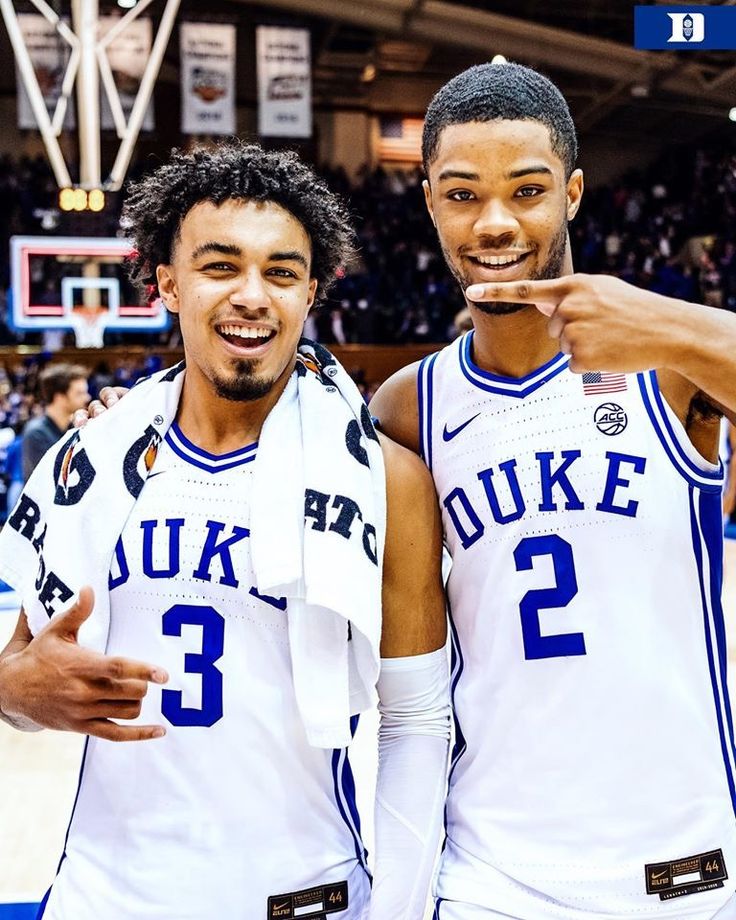 In this scenario, a student-athlete is guaranteed a roster spot without receiving any athletic aid. These are known as preferred walk-ons. The recruit still goes through the recruiting process and joins the team—the coach just doesn’t have an athletic scholarship available for them.
In this scenario, a student-athlete is guaranteed a roster spot without receiving any athletic aid. These are known as preferred walk-ons. The recruit still goes through the recruiting process and joins the team—the coach just doesn’t have an athletic scholarship available for them.
Being a preferred walk-on means something different depending on the division and program, though. In NCAA Division 1, walk-ons typically don’t see much playing time and are less likely to receive an athletic scholarship in subsequent years. At the NCAA Division 2 and JUCO levels, however, some walk-ons earn playing time and a scholarship going into their second season. It is best to have clear communication with the college coach to understand playing and scholarship opportunities.
Do college basketball teams have tryouts?
While NCAA Division 1 and Division 2 programs are allowed to conduct basketball tryouts, Division 3 cannot do so. Tryouts are limited to prospective student-athletes who are seniors in high school, junior college transfers or four-year transfers who have completed their basketball season.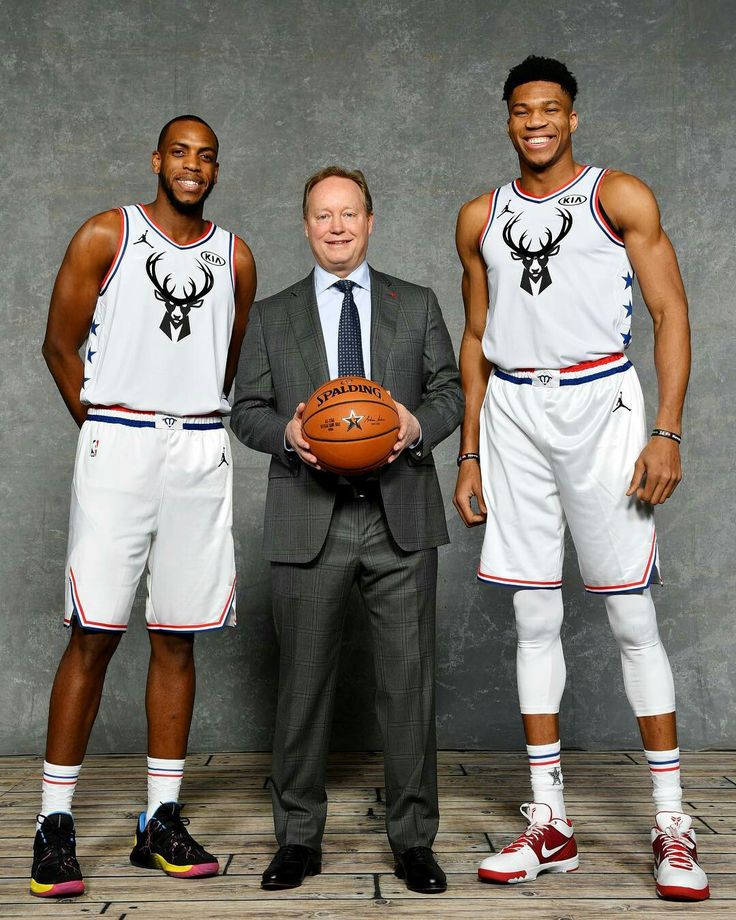 Tryout participants also must be on an official or unofficial visit to the campus.
Tryout participants also must be on an official or unofficial visit to the campus.
Typically college coaches only recruit one to two players as walk-ons. In Division 1, walk-on athletes don’t receive athletic aid and usually don’t get any playing time. Division 2 and JUCO programs more commonly give walk-ons a chance at competing for a roster spot and because these divisions offer partial scholarships, there’s also a chance to earn athletic aid after the first year.
How to prepare for basketball tryouts and what coaches look for in basketball tryouts
When making roster decisions, college coaches consider a recruit’s physical characteristics, like height and body frame, athleticism, ability to execute the fundamentals and basketball IQ, which showcases the athlete’s ability to interpret what is happening at game speed, as well as their ability to make the right decision based on instinct and experience. These players can anticipate what will happen next, making their game more automatic.
Securing a roster spot at a tryout is extremely rare. Student-athletes will improve their chances of walking on to a college team by establishing a relationship with the college coach ahead of time. Send them an introductory email with highlight film, game film, academic information, and contact information.
How tall are men’s college basketball players?
The height of men’s college basketball players vary slightly from division to division. Generally, men’s basketball players are between 5’9” and 6’9”. Keep in mind that this should be used as a helpful guideline and not something set in stone. Players who don’t fall within these ranges are recruited every year by college coaches. The best way to understand a coach’s recruiting needs is to establish a relationship with them early on and analyze their current team roster.
View the average height of men’s basketball players by position across each division level.
Attend basketball recruiting camps to get noticed by college coaches
Here are a few factors to consider when choosing the right camp:
- College basketball camps are run by the college’s basketball program.
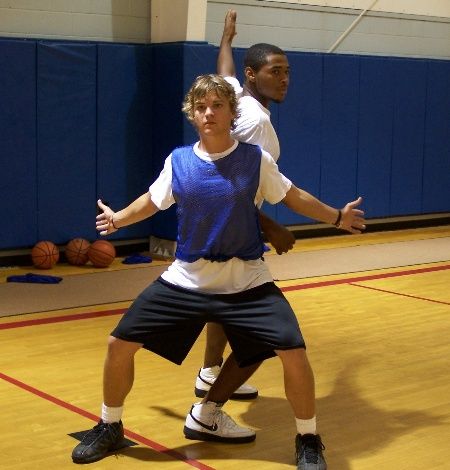 Student-athletes have an opportunity to sample campus life and compete in front of the coach.
Student-athletes have an opportunity to sample campus life and compete in front of the coach. - Basketball exposure camps are designed to evaluate players and obtain a player ranking. Although they are not tied to a specific university, many basketball exposure camps offer players an opportunity to play in front of college coaches, especially at NCAA DIII men’s basketball coaches. Many of these camps are invitation-only, so the talent level is high – and excellent for player development.
- Lastly, there is a level of “elite camps.” These are typically invitation-only events that bring together the top recruits from each graduate class to compete against each other at a national level. They’re run by college coaches on the school’s campus, so they’re a great way for athletes to get exposure to coaches.
If you want to get recruited at a college basketball camp, remember that most coaches attend events only to see players with whom they’ve already made some kind of connection.
Learn more about basketball camps and search for the best camps.
What does redshirt mean in college basketball?
The term “redshirt” is used to describe a student-athlete who does not participate in outside competition for an academic year. They’re allowed to practice and train with the team, but they don’t see any playing time. By doing this, they gain an additional year of eligibility, so technically they play four seasons in five years. Some coaches offer redshirt scholarships to freshmen who don’t meet the academic eligibility requirements coming out of high school, or as a chance to physically grow and prepare to compete as a collegiate athlete. In some cases, student-athletes redshirt for a year as they recover from an injury.
Learn how to make a college recruiting video for basketball
Creating a basketball highlight video is essential to garnering coach interest. Follow these straight-forward tips to put together a video that truly stands out:
- Choose games against your best competition, such as varsity level, high-level AAU games or any nationwide tournaments.

- Focus the camera from mid-court while making sure the student-athlete is easily recognizable.
- Use a tripod to avoid a shaky camera.
- Don’t zoom in and out.
- Make sure the person filming the match isn’t cheering. If there is excessive and distracting background noise, mute the video completely. Don’t add music to the video either.
- Put a title card at the front of your basketball highlight video that includes your name and graduation year, such as “John Doe Basketball Recruiting Video Class of 2021.”
- Stack your best clips first. Typically you’ll start your video by highlighting your shooting ability.
- Focus on three or four strengths and organize your clips to highlight them. For example, if you’re an excellent three-point shooter, highlighting six straight threes is much more effective than showcasing one three-pointer, a pass, then a free throw, and then maybe another three, etc.
- Know what coaches are looking for in your position.
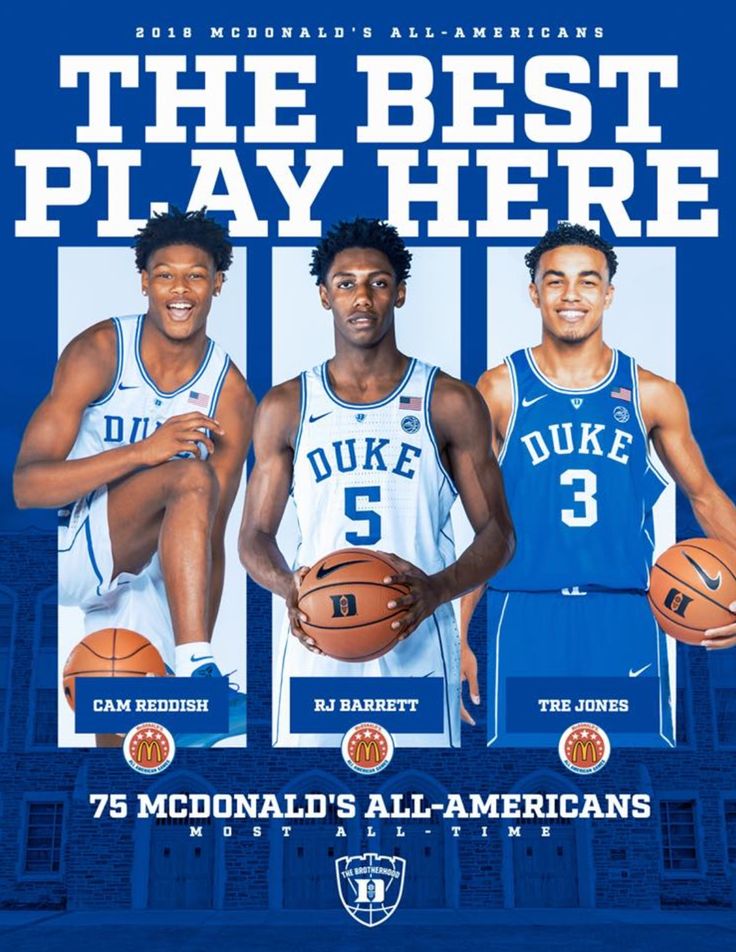 In short, post players should showcase their shooting ability, quickness, ability to finish at the rim, rebounding, shot blocking, footwork and overall basketball awareness. Perimeter players should focus on scoring ability, quickness, ability to penetrate and finish at the rim, athleticism, basketball awareness and court vision.
In short, post players should showcase their shooting ability, quickness, ability to finish at the rim, rebounding, shot blocking, footwork and overall basketball awareness. Perimeter players should focus on scoring ability, quickness, ability to penetrate and finish at the rim, athleticism, basketball awareness and court vision. - Cap your video with your best 20 to 30 clips and keep it under four minutes.
- Send college coaches your highlight video, as well as one unedited full game video. If they’re interested in a recruit after watching their highlight film, they will want to evaluate the full game next.
See the full list of tips for creating a basketball highlight video.
Research schools and create your target list
The very first step in the recruiting journey is often the one most overlooked—research. Here are the most important factors to keep in mind:
- Academics: Visit the school’s website to see the average grades and test scores.
 Plus, consider which majors are offered and remember to ask the coach which majors are popular among athletes on the team.
Plus, consider which majors are offered and remember to ask the coach which majors are popular among athletes on the team. - Athletics: Student-athletes can use their high school or club coach to help them assess where they can make an impact, or they can visit a team’s roster and analyze the athletes’ key stats.
- Cost: How much can your family afford and how much aid is the student-athlete eligible to receive at each school? NCAA Division 1 schools offer full ride scholarships, while Division 2, NAIA and JUCO programs offer partial scholarships. Many coaches, including NCAA Division 3, work with the admissions department to create financial packages that include need-based aid, grants, academic scholarships, work study and merit-based scholarships.
- Personal Preferences: Think about housing options, school size, social aspects, distance from home and even the weather.
As families start to find programs they’re interested in, we recommend sorting them into three categories: target schools, dream schools and safety schools.:no_upscale()/cdn.vox-cdn.com/uploads/chorus_asset/file/13128999/KELDON_JOHNSON_MBB2018_01_CW_600x900.jpg) Most of the schools on a student-athlete’s list should fall into the target category.
Most of the schools on a student-athlete’s list should fall into the target category.
Get a head start on your list by viewing NCSA’s list of Best Colleges for Student-Athletes.
Contact coaches on your target list
Once a recruit has done the research and built a realistic target list of colleges, they’re ready to contact coaches. Remember—never wait for a coach to reach out. Be proactive to get on their radar. Here are a few steps to take:
- Send an introductory email: An introductory email serves two purposes—to get an initial evaluation and establish a relationship with the coach. Make sure this email includes highlight film, academic information, contact information and key stats. Student-athletes should also personalize their email and explain their interest in that specific program. Never copy and paste—it’s almost guaranteed to get skipped over.
- Tailor the subject line: Avoid generic subject lines, such as “Top basketball recruit,” and tailor the subject line to the school instead.
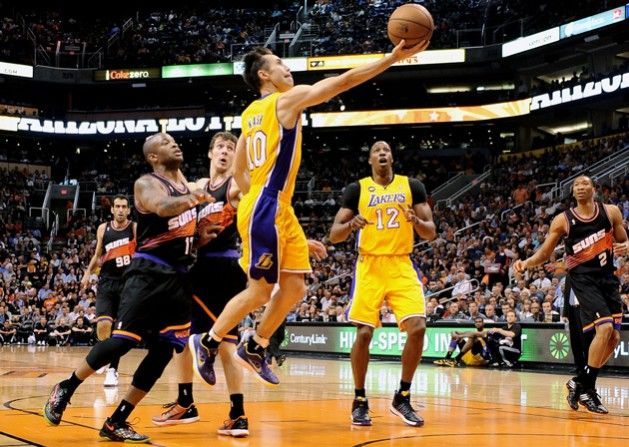 For example, a recruit might want to include their GPA and test score in the subject line for high academic colleges, while highlighting key stats or awards to Division 1 schools.
For example, a recruit might want to include their GPA and test score in the subject line for high academic colleges, while highlighting key stats or awards to Division 1 schools. - Call coaches. Basketball coaches are allowed to talk to athletes on the phone when the recruits are the ones initiating contact. In other words, if a recruit calls an NCAA Division 1 coach, the coach is allowed to talk to them. Typically, they’ll want to email them letting them know what time they plan on calling so the coach can be prepared
- Follow up. Whenever there is a noteworthy update to share, like a new ACT or SAT score or athletic achievement, email the college coach again to touch base. Because if they missed the first email (and coaches tend to be pretty busy), following up can help keep you top of mind.
See the full list of tips on contacting coaches.
How your high school coach can help you in your recruiting process
High school or club coaches are there to support student-athletes along their recruiting journey—and help them connect with college coaches.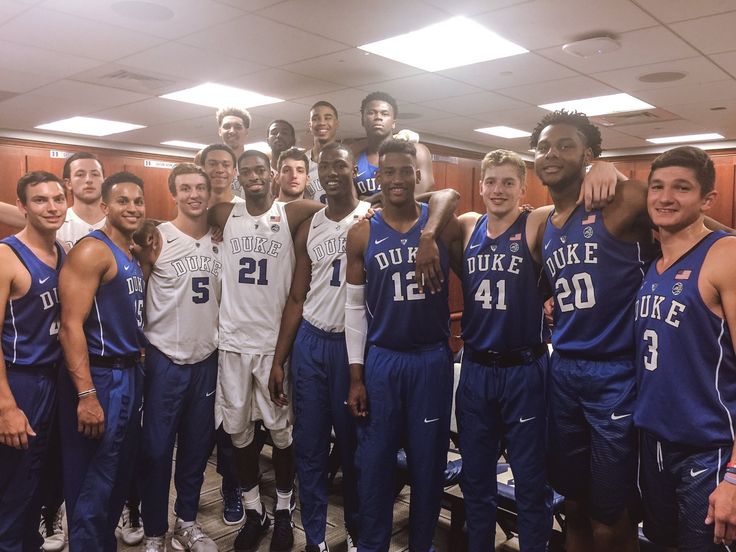 Here are a few ways:
Here are a few ways:
- Find the right college fit: Use their expertise and insight to create a college list of realistic programs. Plus, they probably have connections in the college network.
- Connect with college coaches: There’s a loophole in the NCAA basketball recruiting rules that allows student-athletes and college coaches to talk on the phone. If a student-athlete initiates the contact and calls the college coach, the coach is allowed to answer the phone and talk to the recruit. High school coaches can help facilitate this contact by acting as a liaison.
- Character reference: Men’s basketball coaches want to learn as much as they can about their top recruits, including their leadership qualities, attitude and talent. So, they call the recruit’s high school or club coach to get a better understanding of the athlete’s mental toughness, work ethic and behavior both on and off the court.
- Video help: Don’t hesitate to ask your coach for help when creating a highlight film.
 Plus, they probably have full game footage already available.
Plus, they probably have full game footage already available.
Insider tip: Despite the impact that coronavirus had on college sports, as of June 1, 2021, the NCAA resumed its regular recruiting rules and activity! Coaches are actively working to fill their rosters, so student-athletes should be proactive in reaching out to coaches. Read up on how the extra year of eligibility granted to athletes who were most affected by the pandemic in 2020 will impact future recruiting classes.
Top 10 ways high school basketball players can get noticed by college coaches
Wednesday’s kickoff to early-signing period came and went for most senior basketball players like any other day. But if you’re part of the majority who won’t sign on the dotted line, fear not – there’s still plenty of time to get noticed and earn your spot on a college team. Here’s how:
10. Take the initiative
Rutgers men’s basketball coach Mike Rice puts it best: “If you aren’t being recruited at a high level, you have to be aggressive.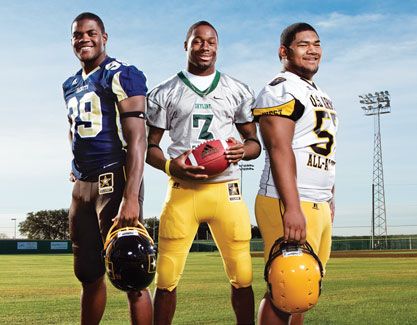 ” That’s not an invitation to start banging on the doors of college coaches. It’s a reminder that if you aren’t receiving anything in the mail, it’s up to you to attract attention. College coaches aren’t going to come looking for you. You have to go to them.
” That’s not an invitation to start banging on the doors of college coaches. It’s a reminder that if you aren’t receiving anything in the mail, it’s up to you to attract attention. College coaches aren’t going to come looking for you. You have to go to them.
9. Get your name out there
That doesn’t mean blowing up Twitter and Facebook with how great you think you are. It means emailing college coaches and explaining why you’re interested in playing for their teams. You won’t get an immediate response from most coaches – especially top D-I programs – but if you keep emailing different coaches, you’ll increase your odds of getting a look.
8. Send out emails the right way
Every email to a college coach should be a personal message to them, not generic copy that you send to every coach. College coaches scan emails for a few seconds before making their verdict. If it’s sloppy or looks like a copy-paste job, coaches will delete it.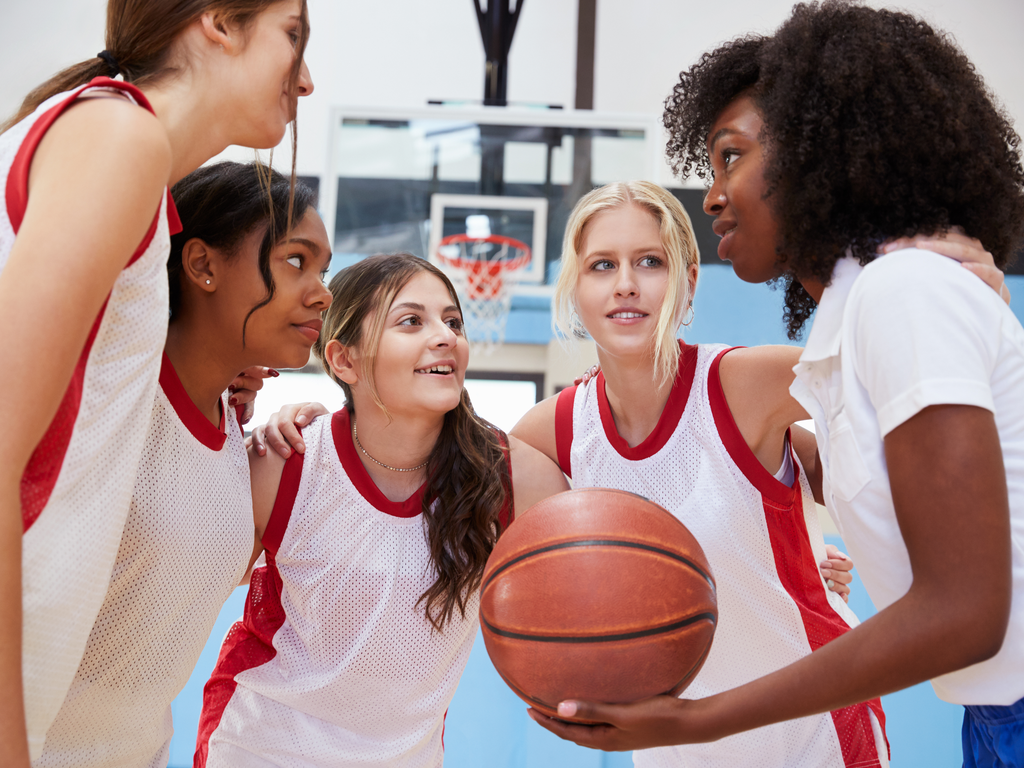 But if it’s clean, personalized, concise and contains all the information they’re looking for – academic profile, athletic profile, highlight tape – they’ll read on.
But if it’s clean, personalized, concise and contains all the information they’re looking for – academic profile, athletic profile, highlight tape – they’ll read on.
7. Make a high-quality highlight video
Most college coaches get more than 100 highlight tapes per day, so you want yours to stand out. Put athletic, eye-popping highlights at the beginning of your video and follow with game tape. Make sure both the video and your opponent are high quality – coaches only want to see you play against the best, and they’re not going to watch grainy film. Another tip is to put the video on YouTube and send a link. College coaches prefer video links to DVD’s.
6. Show you’re a team player
Basketball is the ultimate team game, and college coaches are always looking for team-first players. Players who work hard on both sides of the ball never take plays off and are always involved in the success of their teams. It also helps when you can show your versatility because coaches can see you evolve into multiple positions in college.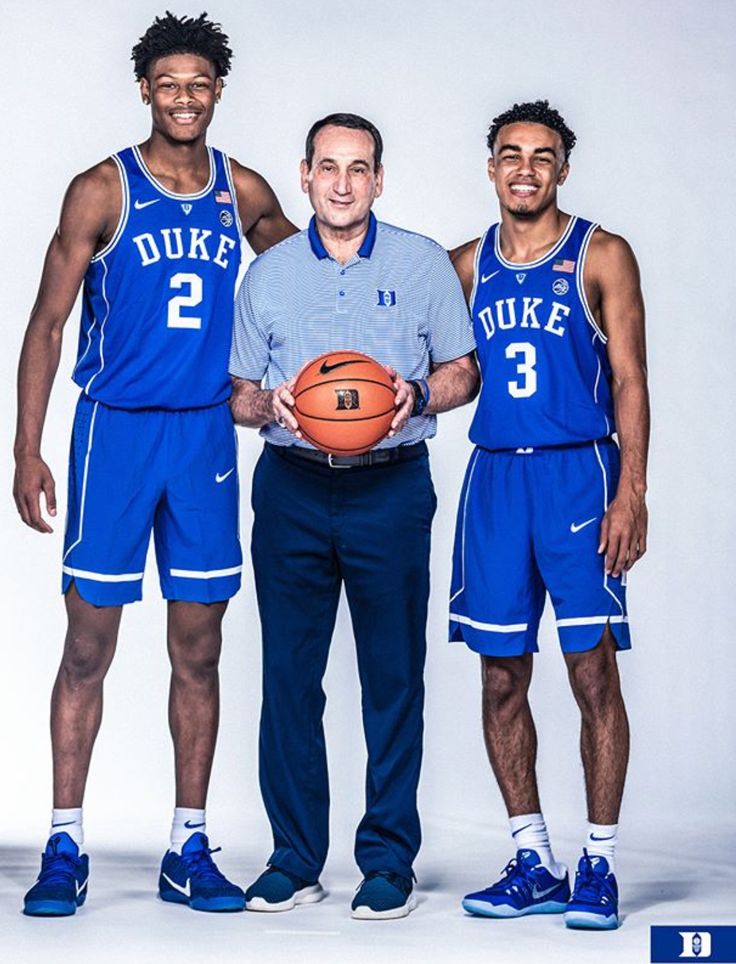
5. Get your coaches involved
College coaches won’t turn their back on a personal email from you, but they’ll pay more attention if they hear from your high school or AAU coach. “It’s always impressive when a high school or AAU coach contacts us,” Duke coach Mike Krzyzewski said. College coaches trust other coaches to give their honest opinion. So make sure you have a good relationship with your coach and ask for their help in the process.
4. Look for realistic options
Many high school athletes think playing college sports is Division I or bust. In reality, more kids will play for D-II and D-III schools than D-I. Denver University’s Bill Tierney may be a Hall of Fame lacrosse coach, but his words ring true in basketball as well: “If you’re getting interest from a lot of D-III schools and you’re writing a lot of D-I schools but not hearing back, you’re a D-III player,” he said. And there’s absolutely nothing wrong with that. But you need to be honest with yourself.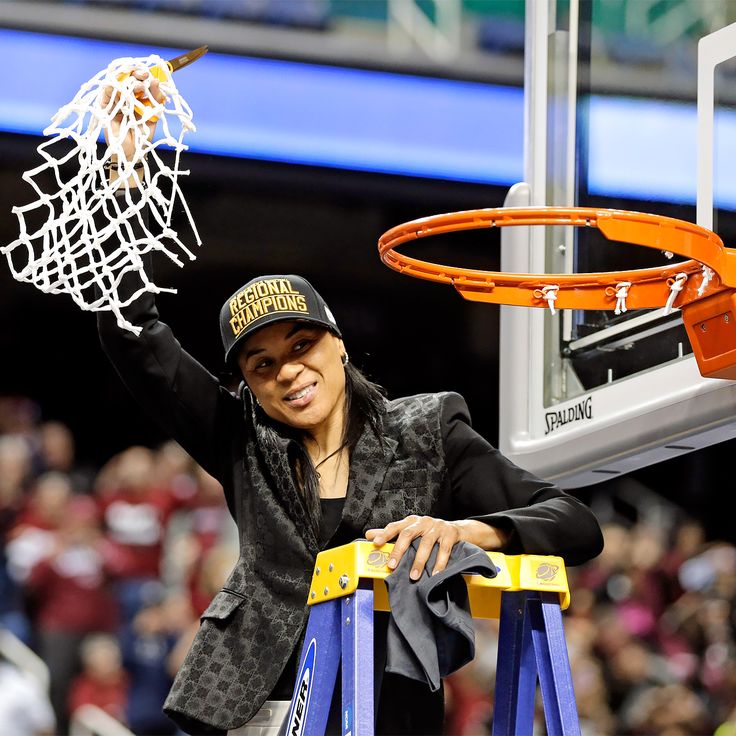
3. Don’t be afraid of junior colleges
Junior colleges get a bad rap for some reason, but there’s nothing wrong with playing at a JUCO. In fact, that could be the right move. You can get exposure, get your grades up and earn credits that can transfer to a four-year school. Many JUCO players are there for a year, then sign to a bigger program.
2. Just win, baby
Winning attracts attention – it’s as simple as that. Or as Scott Davenport, head coach of 2011 Division II men’s basketball champion Bellarmine, said, “When you win, opportunity will chase you down.” That’s because the farther you go in tournaments and the better the competition gets, the more college coaches will be watching. Plus, college coaches like winners.
1. Be persistent
It may seem like getting recruited is a futile process when your emails don’t get returned, your highlight videos don’t get watched and your coaches don’t hear anything.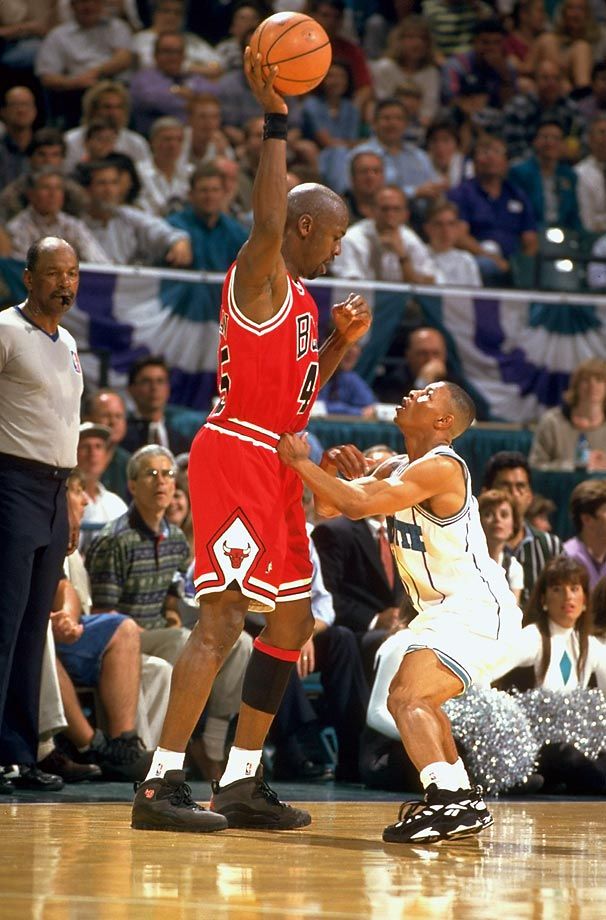 But keeping up your efforts and remaining persistent and positive are traits college coaches like. Your ability to display those might help get you noticed.
But keeping up your efforts and remaining persistent and positive are traits college coaches like. Your ability to display those might help get you noticed.
How to Become a College Basketball Coach • BUOM
By Indeed Editorial Team
March 12, 2021
If you are good at basketball and enjoy teaching others how to play, you might want to consider becoming a college basketball coach. These professionals work with college students on the basketball team and teach them how to be more effective in the sport. College basketball coaches require a certain amount of experience and education to be considered for this position. In this article, we'll take a look at what a college basketball coach does, the requirements to become one, and the steps you can take to choose this career.
What does a college basketball coach do?
College basketball coaches teach students how to play basketball as part of a team. Many college students who are part of a basketball team already have some level of skill in the sport, and a coach must help team members hone those skills and work together as a team to win basketball games. A college basketball coach should expect and be able to:
A college basketball coach should expect and be able to:
-
Perform administrative duties, including filing medical forms, completing lists, budgeting for the team, developing training schedules, and ordering equipment needed for training and practice.
-
Learn the rules and objectives of the various basketball organizations that must be followed when playing as part of that organization.
-
Keep team members safe during training and games.
-
Recruit new basketball players for the college team.
-
Work one on one with players to help them develop their skills.
-
Select players to fill certain positions in an efficient way.
-
Organize team building events to promote a sense of teamwork and camaraderie.
-
Development of team rules and enforcement of rules during practice and games.
-
Create game plans for each game based on knowledge available to the other team.
-
Participate in public relations activities to increase awareness of the basketball team and the college as a whole.
-
Conduct media interviews and participate in fundraising events to raise money for the team.
How to Become a College Basketball Coach
Here are the steps you need to take if you want to pursue a career as a basketball coach:
0063
Most college basketball coaches originally started as players themselves. If you're in high school, join the basketball team and learn everything you can about how the game works. Spend time every day playing basketball to better understand the ins and outs of the game and the skills needed to be a better player.
2. Get a bachelor's degree
After you graduate from high school or get your GED, you should continue your undergraduate studies. Common subjects that aspiring college basketball coaches choose to study include physical education, coach training, and related fields. Majors that emphasize leadership are also good choices for those looking to pursue a career as a college basketball coach. There is no specific specialty that a basketball coach must master; rather, most colleges that hire basketball coaches just want to make sure you get your bachelor's degree in general.
Majors that emphasize leadership are also good choices for those looking to pursue a career as a college basketball coach. There is no specific specialty that a basketball coach must master; rather, most colleges that hire basketball coaches just want to make sure you get your bachelor's degree in general.
3. Gain coaching experience
Most college basketball coaches are not hired straight out of college. Rather, they usually spend time coaching lower levels such as high school or high school before they qualify to coach at the college level. One idea is to teach part-time and coach at a local middle or high school. Schools are more likely to hire sports coaches who also teach at their school.
After you have gained experience as a lower-level basketball coach, you can apply for a college basketball assistant coaching position. You may also consider applying to be the manager of the college basketball team you would like to eventually coach. Both of these positions give you hands-on college-level coaching experience and teach you the finer points of learning and preparing for practice.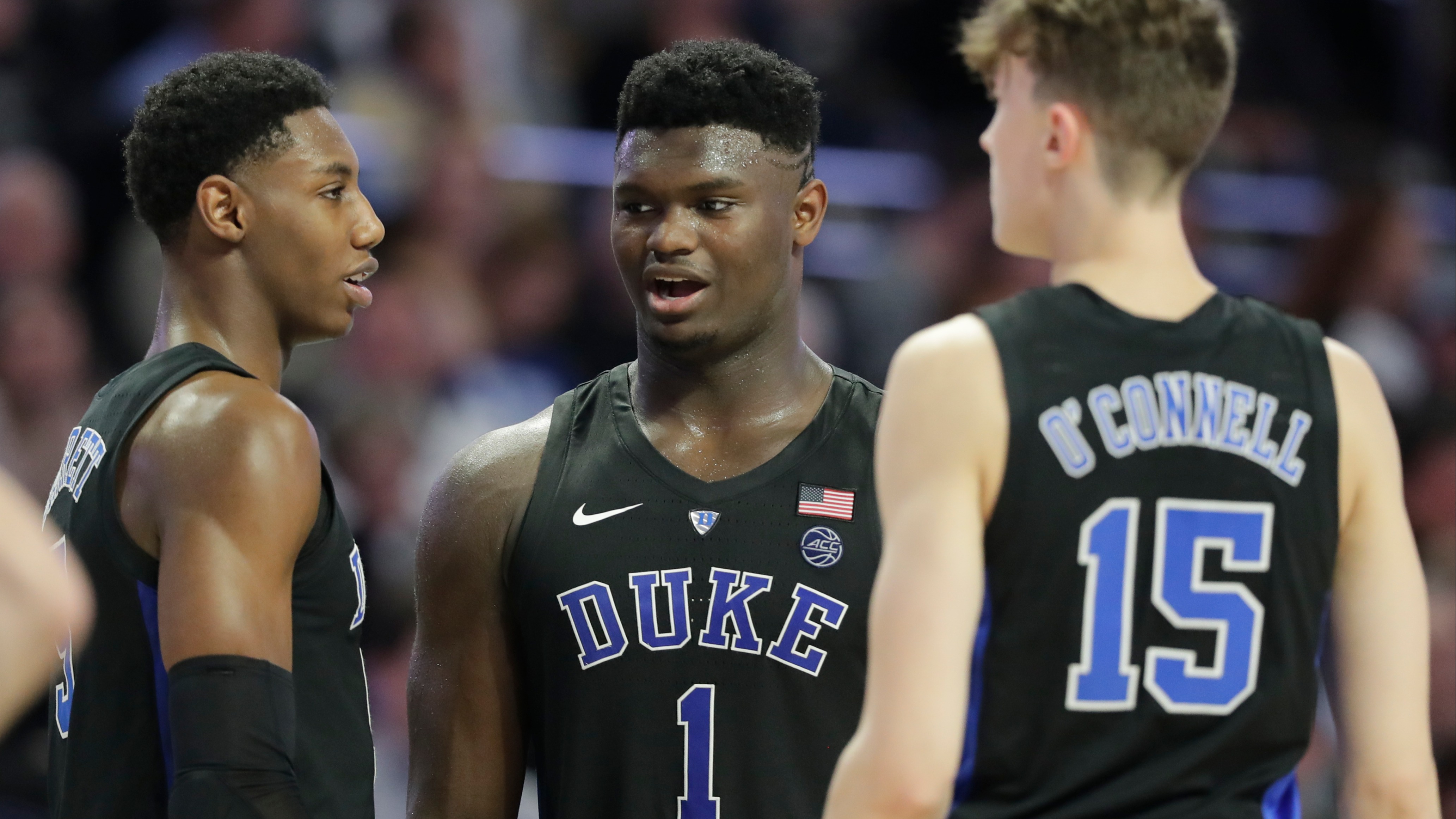
Most college basketball coaches spend several years training on the staff of the basketball program, so every position you hold on that staff will be valuable to your future coaching career.
4. Get certified as a basketball coach
Many colleges that hire basketball coaches are looking for candidates who are certified as basketball coaches. One of the most popular basketball coach certifications is the USA Basketball (USAB) Associate License. This license requires a background check and a series of courses. Once this is done, you will receive a license for the season. You can also get a USAB Coach Gold License, which is required for those who coach at NCAA certified events. Other certifications that are important for college basketball coaches include first aid and cardiopulmonary resuscitation.
5. Choose whether you want to coach men's or women's basketball.
Another important step in your college basketball coaching career is deciding whether you want to coach men's or women's basketball. Although there is no significant difference between the two, it would be nice to understand how each type of basketball differs and what are the expectations for each of them individually.
Although there is no significant difference between the two, it would be nice to understand how each type of basketball differs and what are the expectations for each of them individually.
6. Participate in networking activities
There are several opportunities to network in the field of college basketball. USA Basketball Coaches Network is the place to find and build relationships with other aspiring and current college basketball coaches. You can also use online networking platforms or attend college basketball events that will be attended by other coaches and coaching staff members. A good network can help you find a job as a college basketball coach, as well as if you decide to change positions in the same field in the future.
7. Continue to gain professional experience to advance to higher positions.
Most college basketball coaches do not start their careers as the head coach of a major college basketball team. College coaches spend years in smaller positions on the coaching staff, such as coordinator, manager, or assistant positions.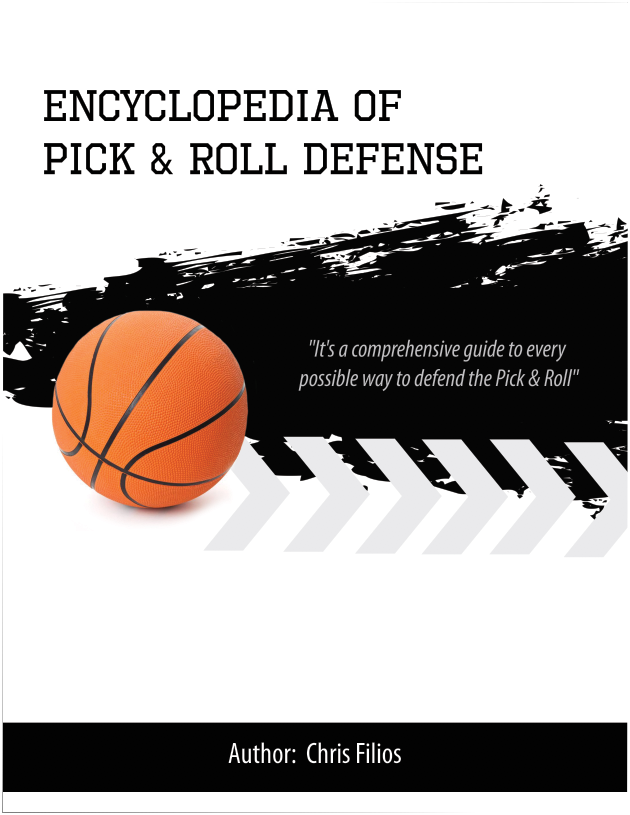 When you first apply for a college basketball position, look for these opportunities first before applying for a head coaching position, especially if you have no previous experience as a college basketball coach.
When you first apply for a college basketball position, look for these opportunities first before applying for a head coaching position, especially if you have no previous experience as a college basketball coach.
Swimmer, football players and runner. Who just didn’t enter the NBA!
CSKA newcomer Joel Freeland admits, not without some irony, that if it weren't for forced circumstances, he might not have started playing basketball at all. Before he was injured at the age of 15, Freeland played football, the canonical sport for Britain.
According to the forward, having dropped out of the training process, he got enough time to think. One of the coaches I knew recommended that Joel pay attention to basketball, and he agreed. It took Freeland a year to get into the process, at 16 he started playing basketball at a serious level, and three years later, at 19Has already been selected in the NBA Draft.
Sportbox.ru found five NBA basketball players who might not have become such because of hobbies in other sports, life circumstances and their own quirks.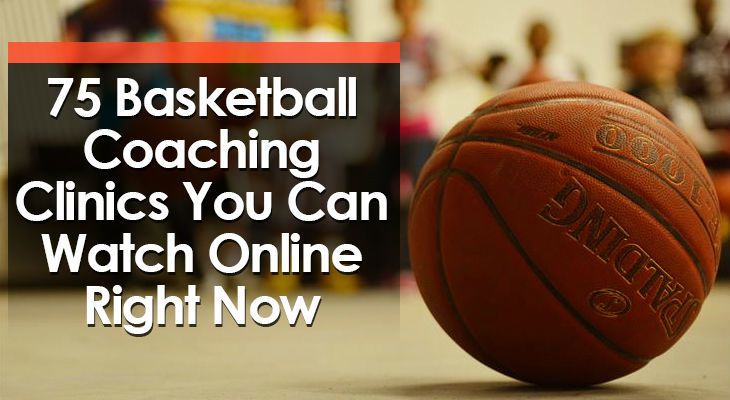
Tim Duncan
What kind of basketball can we talk about if you were lucky enough to be born in paradise? White sand, azure expanse of the sea, merging on the horizon with the sky, on which there is not a cloud. On the Virgin Islands, scattered in the middle of the Caribbean Sea, Timothy Theodore Duncan was born, whose sports path was predetermined from the very beginning.
Would anyone want to hit the ball in a stuffy hall or on hot pavement when the sea and magnificent outdoor pools are just a stone's throw away? Duncan literally fell in love with swimming, and how could one not fall in love, there were ideal conditions for training nearby, and a good example to follow - Tim's older sister Trisha participated in the 1988 Olympics. Tim set himself the task of qualifying for the 1992 Olympics, and proceeded fairly smoothly on schedule, demonstrating excellent results in the 50 and 100 meter freestyles.
Now we can say that only higher powers intervened in Tim's fate in order to give us one of the greatest players of his generation. But at that time it was a tragedy. Hurricane Hugo, which hit the island, among other numerous damages, almost completely destroyed the only Olympic-sized swimming pool (50 m). Duncan switched to open water, but soon, due to the high probability of shark attacks - the Caribbean Sea is one of the most densely populated by these marine reptiles - he decided to stop training so as not to repeat the fate of the characters in the movie "Jaws".
But at that time it was a tragedy. Hurricane Hugo, which hit the island, among other numerous damages, almost completely destroyed the only Olympic-sized swimming pool (50 m). Duncan switched to open water, but soon, due to the high probability of shark attacks - the Caribbean Sea is one of the most densely populated by these marine reptiles - he decided to stop training so as not to repeat the fate of the characters in the movie "Jaws".
At the same time, Tim's mother became very ill, and he spent almost all the time with her. Soon, in order to somehow cheer up a relative, Duncan's brother-in-law advised him to start doing something new, such as basketball. Duncan followed the advice, and you saw the rest for yourself...
Hakim Olajuwon
Hakim Olajuwon / Photo: © Gettyimages/Fotobank.ru
Before he was 15 years old, two-time champion, member of the Hall of Fame and one of the 50 greatest players never even held a basketball in NBA history. No wonder - in Lagos, on the streets of which the then young Akim Olajuwon grew up, they did not show any basketball at all.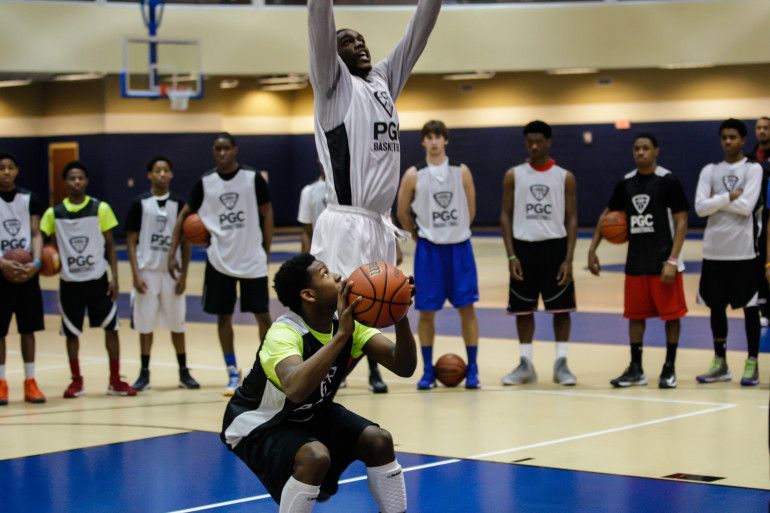
As for most African countries, football was the number one sport for Nigeria - it is democratic and unpretentious, all it needs is a ball. Since Akim grew up as a tall boy, he was often put in the goal, and therefore the career of a football goalkeeper was at one time a priority for Olajuwon. So Akim would have stood in mittens on guard at the gate, if during one of the matches he had not been noticed by a basketball coach.
It took Akim a long time in his first basketball introductory practice to understand the meaning of the game, let alone score. But the more often he went to the basketball hall and tried to repeat the basic exercises, the more clearly he realized that he had found himself.
Hakim Olajuwon: “This game seemed so unique to me that I realized in a short time that this is exactly what I want to do. Not only football, but everything else has become secondary to me compared to basketball.”
Then there were many hours of endless training, leadership in the Nigerian national team, which became the third in the 1979 African Championship, the interest of American universities and moving to the country of great opportunities, one of which Olajuwon took advantage of.
Wilt Chamberlain
Wilt Chamberlain / Photo: © Gettyimages/Fotobank.ru
Wilt was windy not only in relations with ladies, and the fact that basketball was never his first and only love is also a fairly well-known fact. "Woman's game", "game for wimps" - that's what the Philadelphia unicorn thought about what many of us call the best ball game on planet Earth.
At school, Wilt enjoyed sprinting and high jumping much more.
“These were individual sports where I didn't depend on anyone. I was alone and relied on myself, competing with others. One on one - that's the principle of rivalry I've always liked," Chamberlain admitted in his interviews.
The Big Diver's rivals were not even close to a person who could compete with him. Over time, Chamberlain got sick of breaking his own records, and this became one of the three factors that predetermined the fate of Wilt the basketball player. The second was quite generous gifts and bonuses that various coaches promised the giant at least for going on the court and trying his hand at basketball. Help in passing exams, new sports equipment - all possible arguments were used, all this could not help but flatter the conceited Chamberlain at such a young age. And finally, the third factor was both the environment and the atmosphere.
Help in passing exams, new sports equipment - all possible arguments were used, all this could not help but flatter the conceited Chamberlain at such a young age. And finally, the third factor was both the environment and the atmosphere.
“This is Philadelphia,” Wilt said, “one of the most athletic cities in America, boxing and basketball are literally at every step. The city breathes them, so I was just curious to try my hand at basketball, to join my hometown.
As a result, Wilt got involved so much that he became one of the NBA legends, the brightest player of his generation and the owner of a whole scattering of individual achievements. Chamberlain never got rid of this passion of his until the end of his life.
Nate Robinson
Nate Robinson / Photo: © Gettyimages/Fotobank.ru
Someone had to be forced into basketball, others were ready to do everything in a row, just to prove that they are not worse, that size does not matter. The 175-centimeter Nate Robinson, the only three-time winner in the history of the NBA in the dunk contest, at the Washington Institute, not only defied the laws of gravity while playing for the basketball team, but also the laws of resistance while running for the football team.
The 175-centimeter Nate Robinson, the only three-time winner in the history of the NBA in the dunk contest, at the Washington Institute, not only defied the laws of gravity while playing for the basketball team, but also the laws of resistance while running for the football team.
And it was in the latter capacity that they saw great prospects in the player, Robinson received a sports scholarship from the players. The first year, Nate was quite deftly able to sit on two chairs, but in the second year, the football coach raised the question of choosing an edge.
Anyone who is interested in American football knows how different this sport is in colleges and universities from the professional league. Many, even the most phenomenal college players, can't pull off the same tricks against grown men who get paid big bucks to cripple their opponents.
So Nate decided to take the path of least resistance and chose basketball, where despite his height, he didn't get lost at all.
Charlie Ward
Charlie Ward / Photo: © Gettyimages/Fotobank.ru
Ward's story is almost identical to that of Robinson, with the only difference being that he had even more advances. Charlie has always been distinguished not so much by his size and outstanding physical data, but by his ability to memorize a lot of all kinds of combinations and think analytically on the court. This was reflected in his game role - Charlie was a point guard in basketball and a quarterback in football, the one who leads the game, passes, calculates all possible options.
But if in basketball Ward's talents were consistently listed at the level of a good-solid playmaker and no more, then in football Ward was awarded the Heisman Trophy, the most prestigious award in college football, the owner of which is actually always selected with the first number in the NFL draft. When it came time to choose, Ward did perhaps the dumbest (or smartest) thing he ever did, we don't know now.